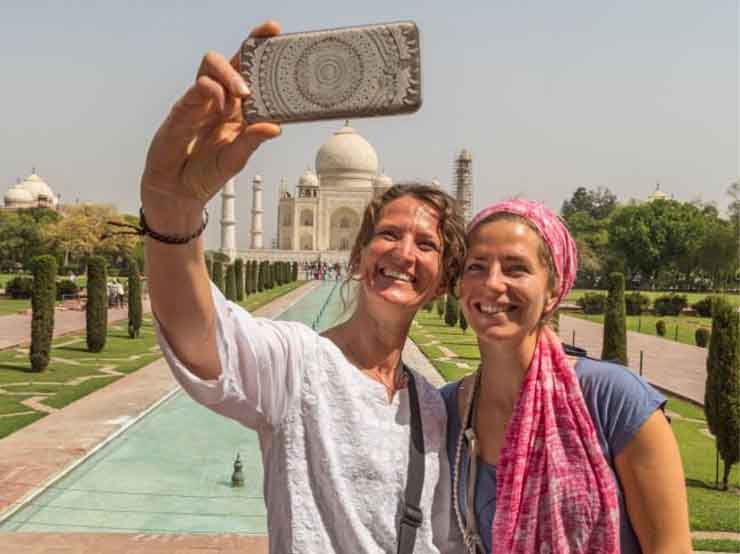The Taj Mahal, a symbol of love and one of the most visited monuments in the world, faces a delicate challenge: preserving its pristine beauty while welcoming millions of visitors each year. Fortunately, authorities actively manage both environmental and human threats, ensuring that this iconic site remains a marvel for generations.
Protecting Against Environmental Threats
First and foremost, air pollution from nearby vehicles and industries can turn the Taj Mahal’s white marble yellow and weaken its surface. To address this, the Indian government established the Taj Trapezium Zone (TTZ)—a 10,400-square-kilometer area where authorities strictly control emissions. In addition, they monitor industrial activity closely and restrict vehicles near the monument, which significantly reduces harmful pollutants.
Moreover, acid rain poses another serious threat to the marble. To combat this, conservators regularly clean the surface using gentle, traditional methods that remove stains without damaging the stone. Meanwhile, the gardens surrounding the Taj Mahal help filter pollutants naturally, creating a cleaner environment for the monument.
Weather-related challenges such as heavy rains, humidity, and temperature fluctuations also require attention. Therefore, authorities maintain drainage systems and protective barriers to prevent water damage, while continuously caring for the gardens to keep them lush and vibrant.
Managing Human Impact
Millions of visitors come to the Taj Mahal each year, which inevitably puts pressure on the monument. Consequently, security personnel guide visitors along designated pathways and prevent touching or climbing on sensitive areas. In addition, informative signs educate guests about responsible behavior, helping protect the monument while enhancing their experience.
Furthermore, crowd control measures play a crucial role. Authorities assign timed entry slots and limit daily tickets to prevent overcrowding. Additionally, certain sections of the monument occasionally close for maintenance, allowing workers to restore areas without interference.
Modern Preservation Techniques
Experts combine traditional restoration methods with modern technology. For instance, laser cleaning removes surface stains without harming the marble, while drones and 3D mapping help track structural health. By spotting problems early, these technologies ensure that the monument stays in excellent condition over time.
Experience the Taj Mahal Safely
Thanks to these careful measures, visitors can enjoy the Taj Mahal responsibly. By controlling pollution, enforcing visitor guidelines, and applying ongoing restoration, authorities protect their beauty for future generations.
Therefore, you can plan your visit confidently and witness the timeless elegance of the Taj Mahal. Book your tickets easily on Ticketstajmahal.com and experience history, art, and culture safely and responsibly.










Comment (0)